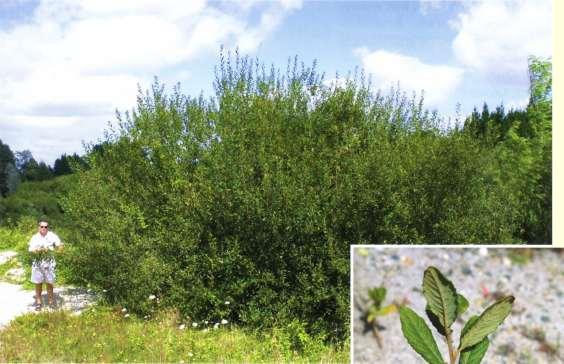Invasive willow threatens wetlands, rare plants in East

Egads - another one.
From The Boston Globe
A European invader has been sneaking onto the New England coast, infiltrating and undermining the natives.
The large gray willow, a shrub or small tree that spreads rapidly and closely resembles our native pussy willow, has been flying under the radar for years, colonizing the edges of ponds and crowding out rare plants and animals throughout the eastern United States. It was just identified this spring.
Other countries that have been invaded by the species, Salix cinerea, also called the European gray willow, paint a grim picture. New Zealand considers it a major "pest plant". Australia calls it the worst of the invasive willows and warns it can cross-pollinate with other willows.
There is concern about the threat to coastal plain ponds that are host to a whole complex of rare insects, animals and plants, including the Plymouth gentian, rose coreopsis, hyssop hedge-nettle and slender marsh pink, as well as rare dragonflies and damselflies.
The European willow's presence is confirmed for Cape Cod and Rhode Island. It is expected to show up in coastal areas stretching from Maine to Long Island. The Harvard Herbaria in Cambridge, Mass., has a specimen collected in Old Orchard Beach, Maine, in 1967, so the willow has a lengthy head start on efforts to control it. (Yet ANOTHER reason why herbaria are so important!!)
The full article from The Boston Globe
More on Salix cinerea





No comments:
Post a Comment